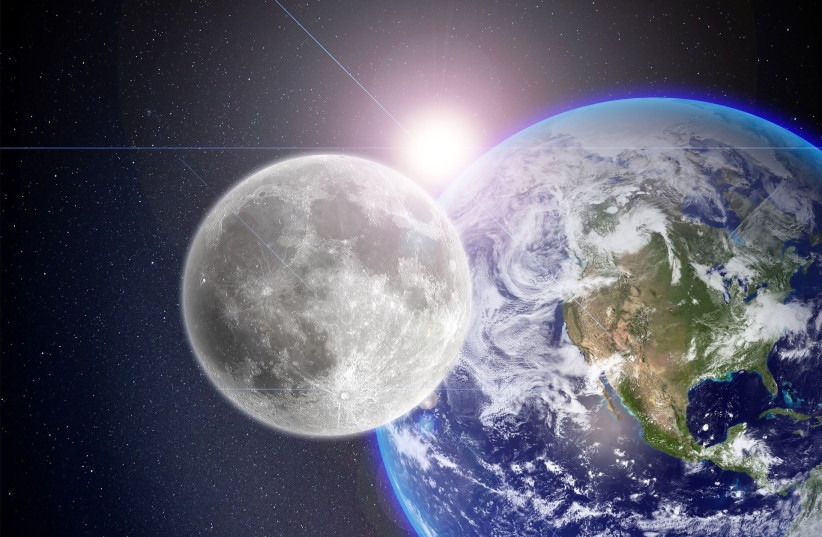We've all heard Elon Musk chat about one day living on Mars. But there may be other – potentially better – options.
An international, stellar team of researchers stated in a peer-reviewed study published in Astronomy & Astrophysics that they may have just found two potentially habitable Earth-like planets.
The team explained that while many exoplanets (planets that orbit a star outside our solar system) have been found so far that have masses similar to Earth's and with radii similar to that of Earth, there are far fewer in what scientists refer to as the habitable zones (HZ).
HZs are areas in which, according to the study, liquid water can exist "in the surface of the planet."
The researchers then proudly presented their discovery of two more exoplanets with Earth-like masses in orbit around a star close to our solar system, both in the HZs of the star.


"Nature seems bent on showing us that Earth-like planets are very common," said first author of the study Alejandro Suárez Mascareño of the Instituto de Astrofísica de Canarias.
According to him, these two planets added to the list of other habitable planets have added up to an overall list of seven discovered so far.
The star that the two planets orbit is called GJ 1002, which is less than 16 light years from our solar system. The planet closer to the star takes approximately 10 days to complete an orbit, while the outer one takes a bit more than 21 days.
The researchers have concluded that the two planets are great candidates to one day be inhabited by humans.
